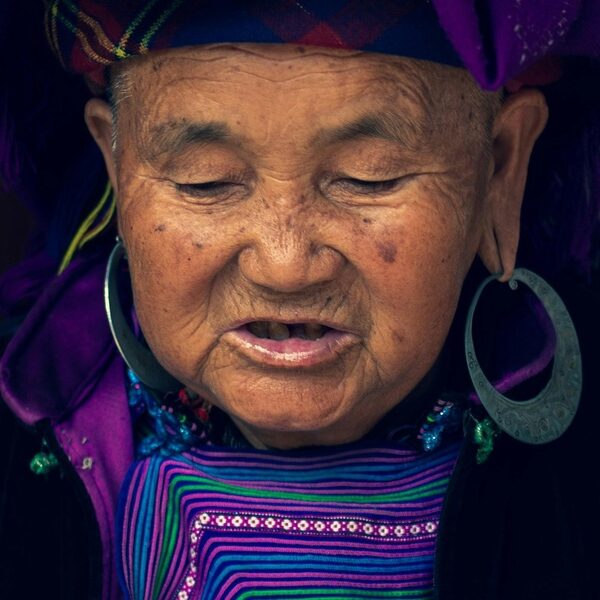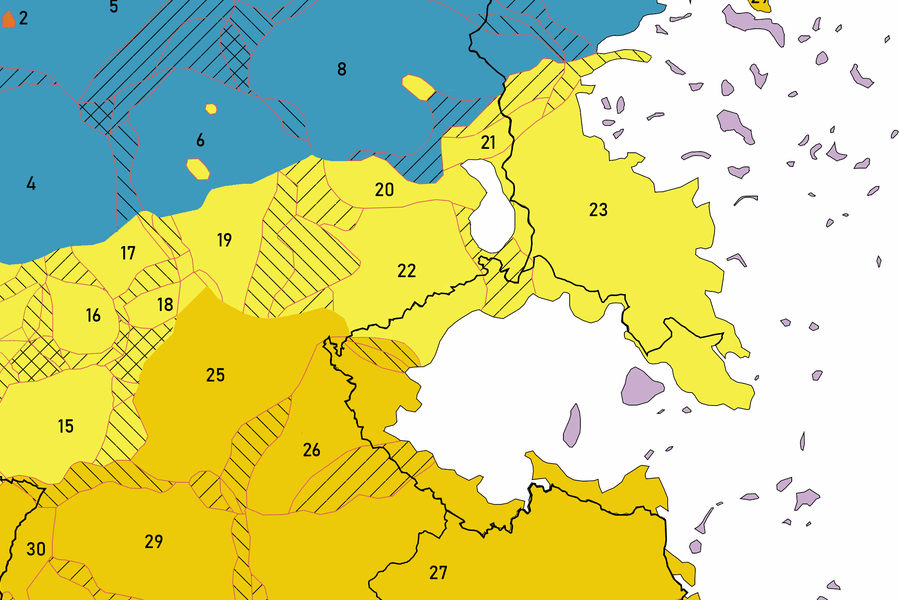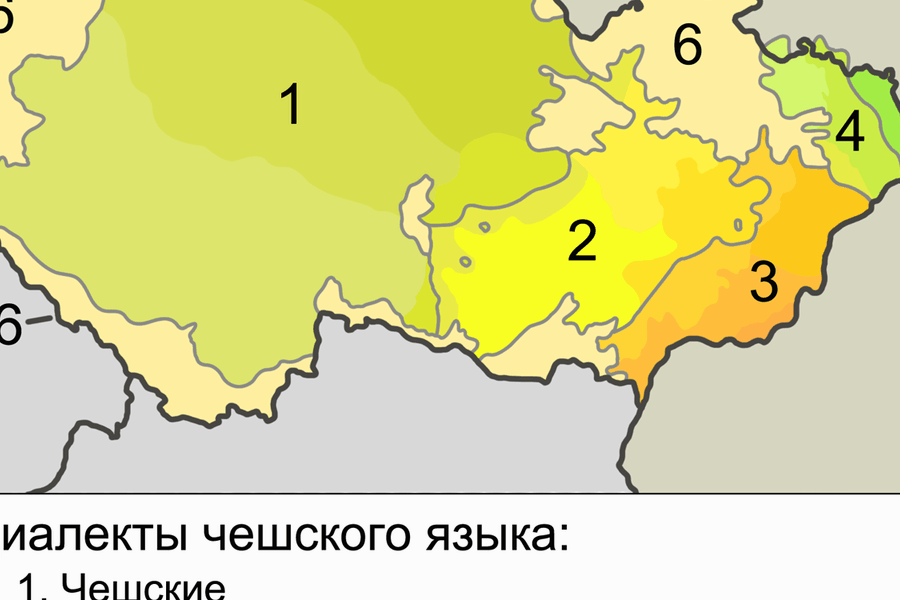Australia’s language map reflects both long Indigenous histories and waves of global migration, from remote Arnhem Land communities to Sydney and Melbourne. You’ll see languages used in homes, schools and ceremonies, and patterns that change by region and generation.
There are 32 Languages Spoken in Australia, ranging from Anindilyakwa to Yolngu Matha. For each entry you’ll find below Speakers (count / %),Regions (states/territories),Language family — use that table to compare prevalence and where each language is concentrated; you’ll find below.
Which non-English languages are most commonly spoken in Australia?
Census and community surveys show a mix of international community languages (for example Mandarin, Arabic and Vietnamese) alongside regionally important Indigenous languages; international languages tend to be concentrated in cities, while many Indigenous languages remain vital in specific regions and communities.
How current is the information and where does it come from?
The list is compiled from recent census data and linguistic surveys, plus regional language research; check the cited census year or local language organisations for the latest updates and community-based counts.
Languages Spoken in Australia
| Language | Speakers (count / %) | Regions (states/territories) | Language family |
|---|---|---|---|
| English | 18,700,000 / 72.70% | Nationwide | West Germanic (Indo-European) |
| Mandarin | 685,000 / 2.66% | NSW,VIC,QLD,WA | Sinitic (Sino-Tibetan) |
| Arabic | 360,000 / 1.40% | VIC,NSW,QLD | Semitic (Afro-Asiatic) |
| Vietnamese | 243,000 / 0.95% | VIC,NSW,QLD | Austroasiatic (Vietic) |
| Cantonese | 200,000 / 0.78% | NSW,VIC,QLD | Sinitic (Sino-Tibetan) |
| Punjabi | 200,000 / 0.78% | VIC,NSW,QLD | Indo-Aryan (Indo-European) |
| Hindi | 150,000 / 0.58% | VIC,NSW,QLD | Indo-Aryan (Indo-European) |
| Greek | 250,000 / 0.97% | VIC,NSW | Hellenic (Indo-European) |
| Italian | 160,000 / 0.62% | VIC,NSW,SA | Romance (Indo-European) |
| Spanish | 150,000 / 0.58% | VIC,NSW,QLD | Romance (Indo-European) |
| Tagalog (Filipino) | 150,000 / 0.58% | VIC,NSW,QLD | Austronesian (Philippine) |
| Korean | 100,000 / 0.39% | VIC,NSW,QLD | Koreanic |
| Samoan | 95,000 / 0.37% | NSW,VIC,QLD | Austronesian (Polynesian) |
| Malayalam | 90,000 / 0.35% | VIC,NSW,QLD | Dravidian |
| Nepali | 80,000 / 0.31% | VIC,NSW | Indo-Aryan (Indo-European) |
| Turkish | 70,000 / 0.27% | VIC,NSW | Turkic |
| Khmer | 70,000 / 0.27% | VIC,NSW,QLD | Austroasiatic (Mon-Khmer) |
| Urdu | 70,000 / 0.27% | VIC,NSW,QLD | Indo-Aryan (Indo-European) |
| Portuguese | 50,000 / 0.19% | VIC,NSW | Romance (Indo-European) |
| Polish | 50,000 / 0.19% | VIC,NSW | Slavic (Indo-European) |
| German | 55,000 / 0.21% | VIC,NSW,WA | Germanic (Indo-European) |
| Indonesian | 50,000 / 0.19% | NSW,VIC,QLD | Austronesian |
| Japanese | 40,000 / 0.16% | NSW,VIC,QLD | Japonic |
| Thai | 40,000 / 0.16% | NSW,VIC,QLD | Kra–Dai (Tai-Kadai) |
| Auslan | 32,000 / 0.12% | Nationwide | Sign language (BANZSL family) |
| Kriol | 10,000 / 0.04% | NT,WA,QLD | Creole (English-based) |
| Torres Strait Creole | 9,000 / 0.03% | QLD (Torres Strait) | Creole (English-based) |
| Yolngu Matha | 8,000 / 0.03% | NT (NE Arnhem Land) | Pama–Nyungan (Yolngu subgroup) |
| Pitjantjatjara | 3,500 / 0.01% | NT,SA,WA | Pama–Nyungan (Anangu) |
| Warlpiri | 3,000 / 0.01% | NT,WA,SA | Pama–Nyungan |
| Arrernte | 2,500 / 0.01% | NT (Alice Springs region) | Pama–Nyungan |
| Anindilyakwa | 1,000 / 0.00% | NT (Groote Eylandt) | Australian Aboriginal |
Images and Descriptions
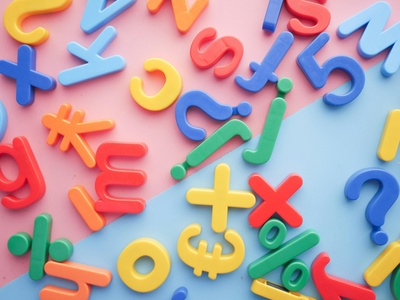
English
Dominant language of Australia used in government, education and media. Spoken natively or as a first language by the majority; 72.7% report English-only at home. A global lingua franca and core of public life and institutions.

Mandarin
China-origin Sinitic language with the largest immigrant community of home speakers in Australia. Concentrated in major cities, important for business and family networks; active community media and schools support its use.

Arabic
Arabic is spoken by diverse migrant communities from the Middle East and North Africa, present in cities and suburbs. Varieties include Levantine and Iraqi Arabic; strong cultural, religious and media presence in communities.

Vietnamese
Vietnamese is a well-established migrant language concentrated in urban areas, especially Melbourne and Sydney. Strong community schools, media and cultural associations; maintained across generations though shift to English occurs.

Cantonese
Cantonese has a long history among earlier Chinese migrants and remains important in Chinatowns and older Cantonese-speaking communities. Used in family homes, businesses and Cantonese media, though younger generations may shift to Mandarin or English.
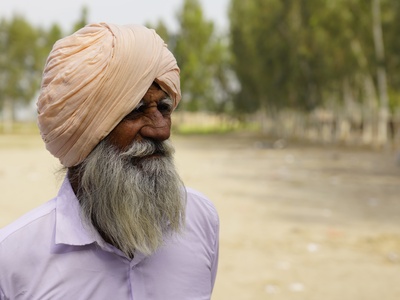
Punjabi
Punjabi speakers form a growing migrant community from India and Pakistan, concentrated in major cities. Strong religious and cultural networks (Sikh gurdwaras) help maintain language use across generations.
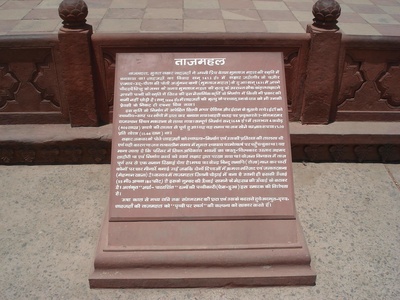
Hindi
Hindi is spoken by Indian-origin communities, seen in family life, cultural events and media. It coexists with other South Asian languages and is often maintained among recent migrants and community institutions.
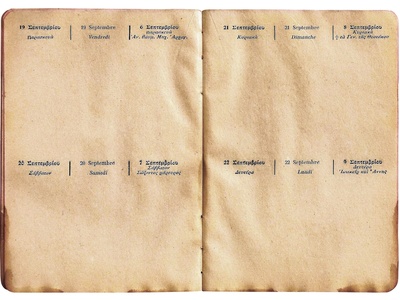
Greek
Greek is a longstanding heritage language in Australia, especially in Melbourne and Sydney. Older generations maintain it strongly; community churches and schools help preserve cultural identity despite gradual language shift in younger generations.

Italian
Italian is another long-established migrant language with strong cultural influence (food, clubs, media). Widely spoken by older communities; intergenerational transmission has declined but active cultural institutions persist.

Spanish
Spanish is spoken by migrants from Latin America and Spain, with growing communities in major cities. Used in family and cultural contexts; increasing due to recent migration and cultural exchange.
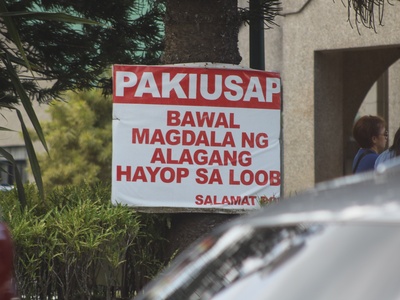
Tagalog (Filipino)
Tagalog/Filipino is widely spoken by the Filipino-Australian community, active in metropolitan areas. Maintained through family use, churches and community organisations; one of the fastest-growing migrant languages.

Korean
Korean speakers are found mainly in major cities, supported by churches, weekend schools and businesses. A relatively recent migrant language with strong maintenance among first-generation migrants and growing second-generation interest.

Samoan
Samoan is spoken by Pacific Islander communities in Australia, particularly in eastern states. It has strong intergenerational transmission within families and churches and forms a key part of cultural identity.

Malayalam
Malayalam speakers from Kerala have established communities in cities. Language use is supported by religious institutions, cultural associations and media; maintained among recent migrants and some descendants.
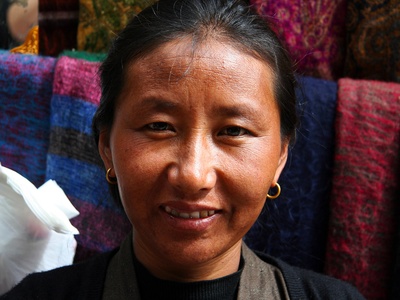
Nepali
Nepali is spoken by migrants from Nepal and Bhutanese-origin communities, growing rapidly in urban areas. Used in family and social networks with emerging community organisations and cultural events.
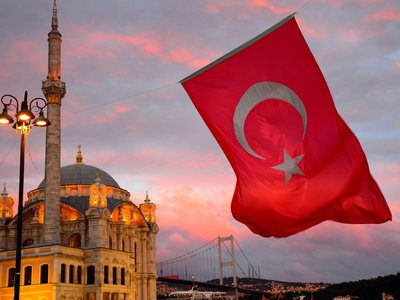
Turkish
Turkish is a long-standing migrant language with established communities, especially in Melbourne and Sydney. Cultural centres, mosques and media support language maintenance among older and some younger speakers.

Khmer
Khmer is spoken by Cambodian-origin communities concentrated in Victoria and New South Wales. Maintained through family, temples and community programs, though intergenerational shift to English occurs.
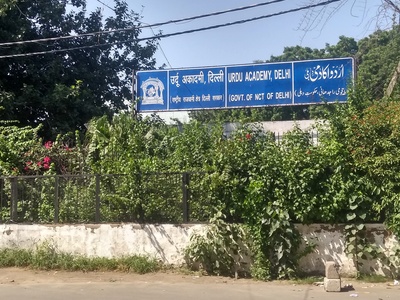
Urdu
Urdu is used by Pakistani and some Indian communities in Australia, often alongside Punjabi and other South Asian languages. Religious and cultural institutions support continued use and literacy in some groups.
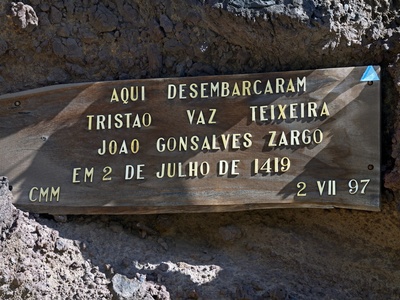
Portuguese
Portuguese is spoken by migrants from Portugal and Lusophone countries like Brazil, concentrated in cities. Cultural organisations and family life maintain the language among first-generation migrants.
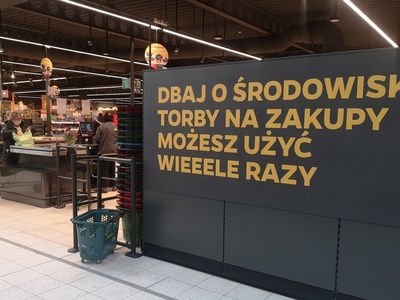
Polish
Polish is a heritage language in Australian communities with post-war migration roots. Older generations maintain it; community clubs and occasional Polish-language services support cultural continuity.
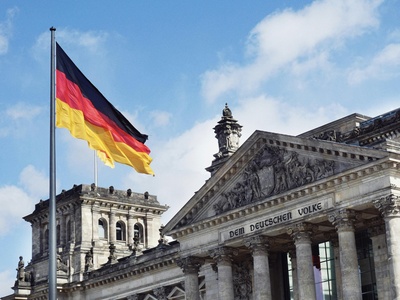
German
German has historic migrant roots and remains in pockets through cultural clubs, schools and community media. Many speakers are descendants of earlier migrants; language use has declined but cultural ties remain.

Indonesian
Indonesian is spoken by migrants and students, with links to education and trade. Used in family contexts and by recent migrants; civic and cultural groups support language learning and use.

Japanese
Japanese is spoken by migrants, students and business communities, concentrated in major cities. Strong cultural exchange, language study and media presence help maintain use among both migrants and Australians.
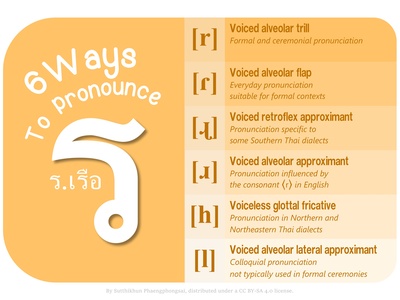
Thai
Thai speakers from Thailand live mainly in urban areas, maintaining language through family networks, restaurants and cultural organisations. Language retention varies by generation.
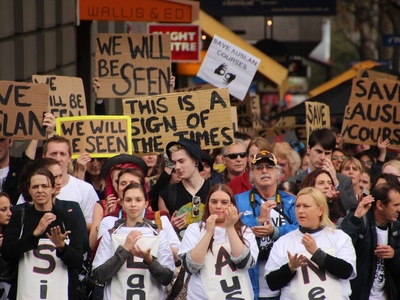
Auslan
Australian Sign Language (Auslan) is the primary signed language of many Deaf Australians. Recognised and used in education, interpreting and community life; vital for access and cultural identity of Deaf communities.
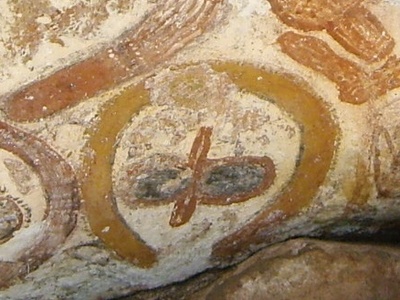
Kriol
Kriol is an English-based creole spoken in northern Australia by many Aboriginal communities. It evolved as a contact language and remains a mother tongue in some communities, with growing cultural recognition.
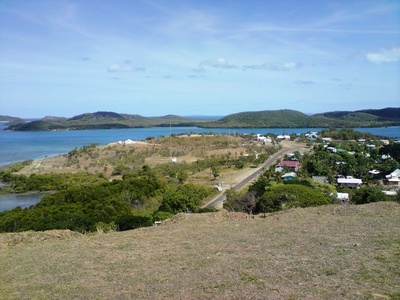
Torres Strait Creole
Torres Strait Creole (Yumplatok) is widely used in Torres Strait Islander communities alongside traditional languages and English. It serves everyday communication and holds cultural importance in island life.
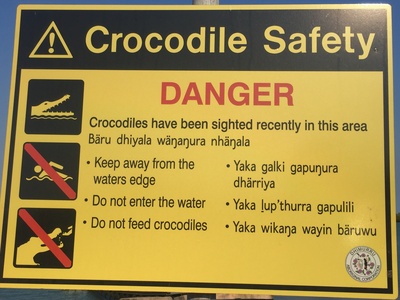
Yolngu Matha
Yolngu Matha is a group of related Indigenous languages in Arnhem Land. Many Yolngu speak Yolngu Matha varieties alongside English; languages are central to ceremony, land rights and cultural transmission.

Pitjantjatjara
Pitjantjatjara is an Aboriginal language of central Australia spoken by Anangu communities. It remains actively used in daily life, schools and cultural practice and has legal and educational recognition in some regions.

Warlpiri
Warlpiri is spoken in central and northern Australia with strong community use in remote towns. It has linguistic documentation and remains culturally important, though younger speakers often mix English and Warlpiri.
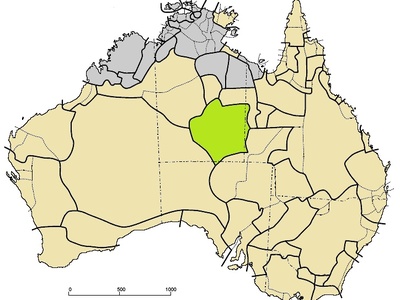
Arrernte
Arrernte (Central) is an Aboriginal language of the Alice Springs area. It is still used in community contexts, ceremonies and language programs, though speaker numbers are limited and language maintenance efforts continue.

Anindilyakwa
Anindilyakwa is spoken on Groote Eylandt and nearby islands; it has a small speaker base but strong cultural vitality locally with intergenerational transmission and active community maintenance.



